2019 might have already welcomed some excellent cameras from all corners, but we're sure there's plenty more to surface before the year is up.
Key highlights so far include Fujifilm's monstrous GFX 100 medium format model, as well as Panasonic's 6K-ready S1H and Canon's super-affordable EOS RP. Sony's recent A7R IV also upped the bar for full-frame mirrorless cameras, packing a mighty impressive 61MP full-frame sensor among other goodies.
So what happens next? We have an idea of what we expect as some manufacturers have already made it clear where they want to be heading with their various lines. And some rumors just don't seem to want to go anywhere, even if we get a few curveball releases to throw us off the scent now and again.
- Here are the best mirrorless cameras right now
- Mirrorless vs DSLR cameras: 10 key differences
- 10 things to look out for on your next mirrorless camera
With all of this, we can start to piece together a rough picture of products that major camera companies might be aiming to release, and what thirsty photographers will be able to get their hands on in the near future.
Now, it’s time to really dive into all of the juiciest camera rumors from every major manufacturer, from Canon and Nikon through to Panasonic and Olympus.

Camera rumors 2019
- Best camera
- Best DSLR
- Best mirrorless camera
- Best full-frame camera
- Best compact camera
- What camera should I buy?
- Mirrorless vs DSLR: 10 key differences
Canon EOS R Pro (EOS RX) / EOS RS
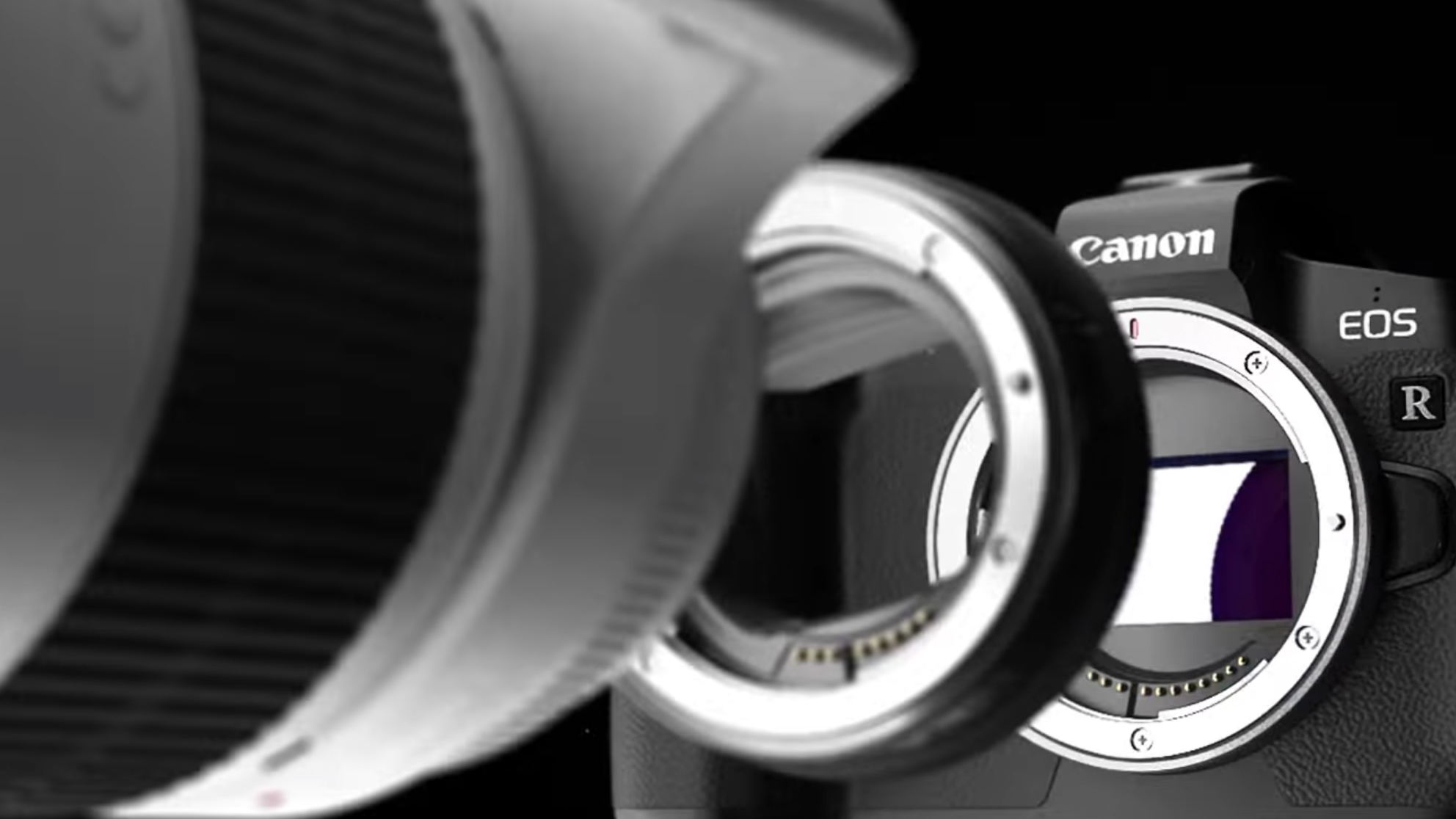
Canon EOS R
Could we see a pro-spec mirrorless equivalent of the EOS-1D X Mark II? Or will it have a super-high-res sensor to rival the likes of the Sony A7R IV?
Predicted specs: 75MP or 83MP full-frame sensor | RF Lens mount | 4K video to 60p | Dual Pixel CMOS AF

While Canon's first full-frame mirrorless camera, the EOS R is a very good camera, it's not the flagship many had expected. The subsequent EOS RP is a welcome alternative, with a lighter body and a cheaper price tag, but there's still a huge gap for a camera that either has outright resolution or sports and action as its primary focus.
CanonRumors had previously reported that we could see an EOS R Pro development announcement in January, although this never happened. However, in a recent interview, it confirmed a more senior camera was on the way – and since then, the names 'Canon EOS Rx' and 'Canon EOS RS' have been bandied around forums and rumor sites.
We reckon it'll be a natural successor to the professionals' favorite, the mighty Canon EOS-1D X Mark II (though that's not to say we won't see a Mark III version as well), with a launch next year enough time to establish itself ahead of the 2020 Olympics.
The strongest rumors suggest that Canon will focus on resolution first, and that a new pro model will pack a 75MP or 83MP full-frame sensor, considerably more than the 50MP EOS 5DS and EOS 5DS R.

Canon EOS 1D X Mark III
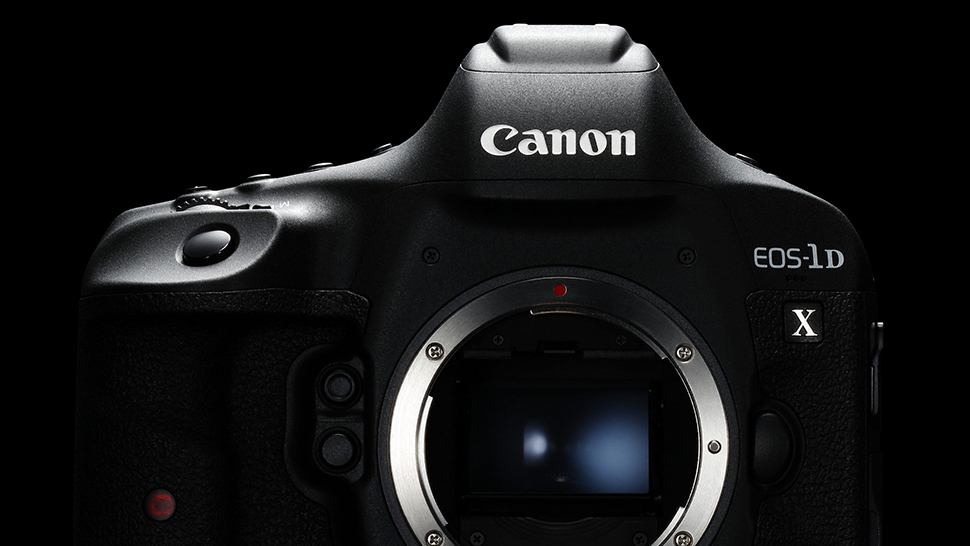
Rumors of a refreshed EOS 1D X Mark II are heating up with predictions suggesting the Mark III model will arrive in 2020.
Predicted specs: 28.1MP full-frame sensor | Digic 9 image processor | 30fps burst speed | 4K video to 60p | Dual Pixel CMOS AF

While Canon might be focusing on its mirrorless stable, the company isn't forgetting about its DSLRs. Even before the launch of the EOS 90D, reports of the EOS 1D X Mark III began to appear.
And now that we know Nikon is developing the D6, it's only logical that Canon will answer back with its own pro-level sports DSRL, especially with the 2020 Olympics games in Tokyo fast approaching.
We've already heard that the EOS 1D X Mark III prototype has been tested in the field, with some internal specs trickling down to us. We're likely going to see a boost in sensor resolution and rumors suggest Canon will be using a pair of brand-new imaging engines to give the camera a massive burst of speed. A 30fps continuous shooting speed to be precise, with buffer depth to match.
Whether we see the aforementioned mirrorless counterpart at the same time as the DSLR version remains to be seen, but an announcement date for February 2020 seems likely.

Canon EOS M5 II
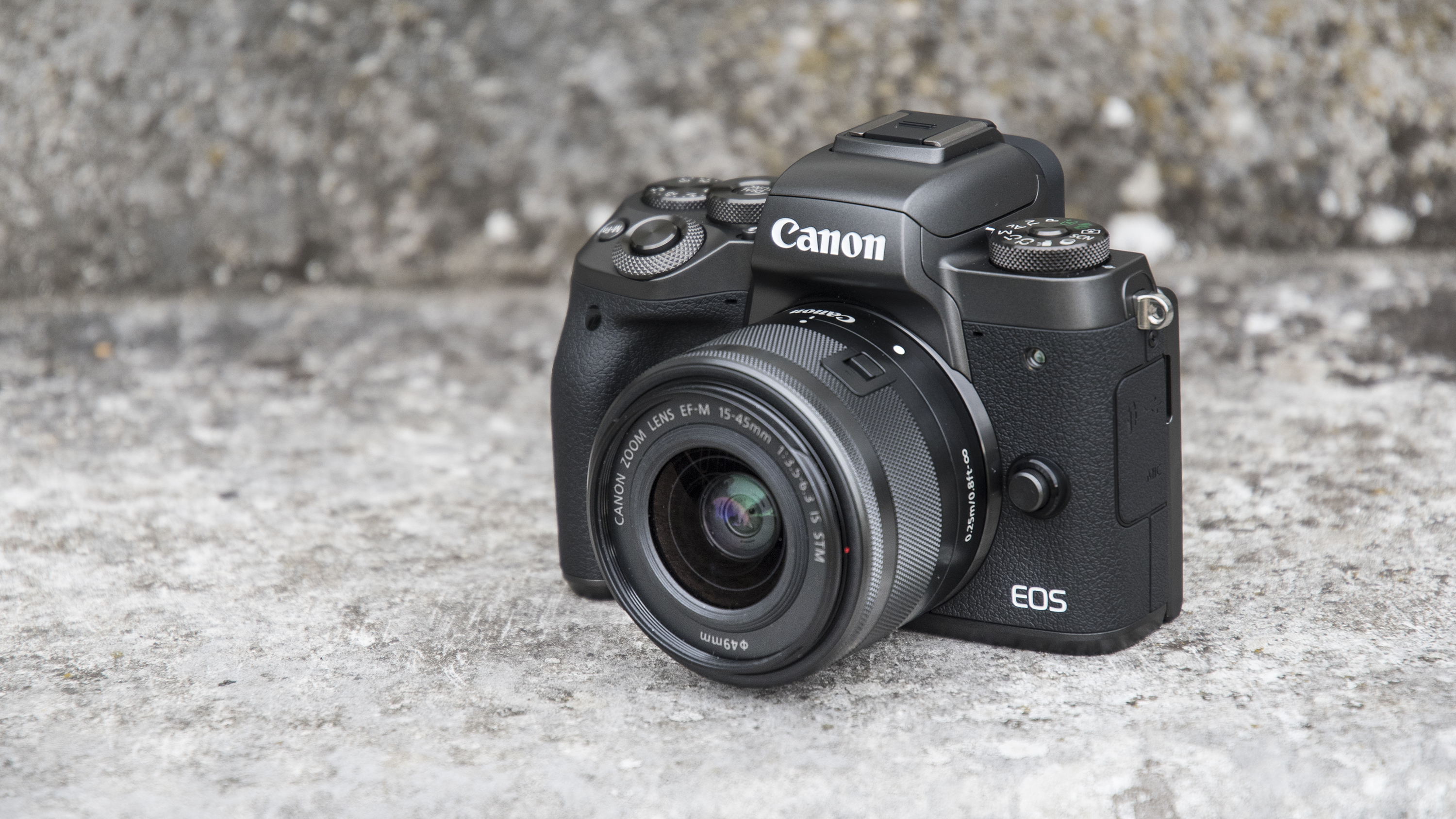
Canon EOS M5
With the EOS M6 Mark II now with us, is there any call for a model with an integrated viewfinder to replace the EOS M5?
Predicted specs: New 24MP APS-C sensor | 4K video recording | DIGIC 8 image processors | 30fps Raw Burst shooting

While Canon's been focusing its attention on its new EOS R full-frame mirrorless camera, it doesn't seem the company's EOS M range is going anywhere.
A replacement for the EOS M6, the EOS M6 II, joined the EOS M stable quite recently. But does that means an EOS M5 II update to the EOS M5 won't see the light of day? After all, the EOS M5 was essentially an M6 with a built-in viewfinder – but a viewfinder is available for the EOS M6 II, so is there any need for another alternative?
If it does arrive, we expect its spec sheet to mirror that of the EOS M6 II in many areas. We expect an updated 32MP sensor that support 4K video recording, and we also expect this will record without a crop like the EOS M6 II manages.
One thing we really want to see is some new native glass to make the APS-C mirrorless system as a whole more appealing. This is one area Canon is lagging behind the likes of Fujifilm, Panasonic, Olympus and Sony.

Canon EOS 5D X
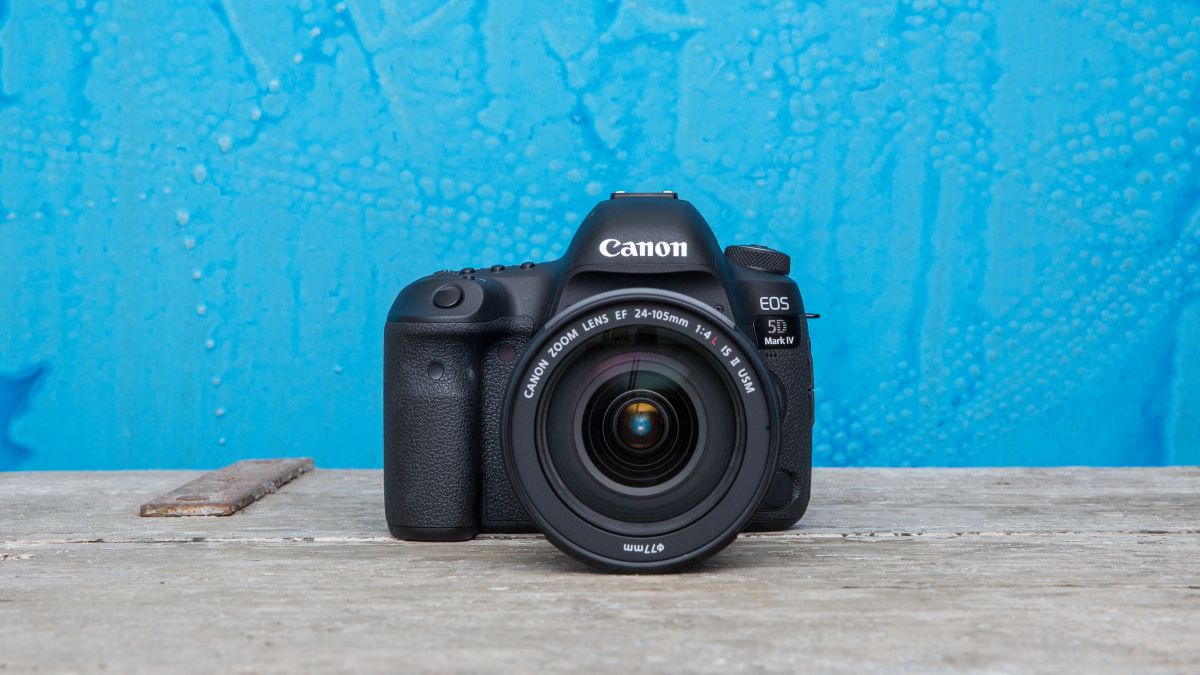
Could Canon launch a rival to Nikon's D850 and Sony's Alpha A7R IV?
Predicted specs: Full-frame 50MP sensor | 8fps burst shooting | Improved 4K video capture

When it was launched back in 2016, Canon's EOS 5D Mark IV was our favourite DSLR. A well-rounded camera, it was (and still is) an incredibly versatile photographic tool. However, 2017 saw Nikon release the mighty 45.4MP D850, before the 45.7MP Z7 last year, while Sony launched the 61MP Alpha A7R IV earlier this year.
All of these cameras offer more pixels while matching or bettering the performance of the EOS 5D Mark IV. So, unless you're a die-hard Canon user and heavily invested in the system, the EOS 5D Mark IV is hard to recommend over the other two.
Then consider that the 50MP Canon EOS 5DS was launched in 2015 and we reckon Canon might consolidate its two lines into a single, multi-purpose DSLR that offers a high pixel count and high performance to rival the D850 and Alpha A7R IV.
We're speculating here, but this new DSLR could potentially be called the EOS 5D X and feature a new and improved 50MP full-frame sensor that was used in the EOS 5DS, now with a much broader and improved ISO range, while burst shooting could hit 8fps.
We reckon video might also get a hike in performance - the 1.64x crop when shooting 4K on the EOS 5D Mark IV is a bit of a turn off to many videographers. To aid shooting both stills and video, maybe we might also see the inclusion of a vari-angle touchscreen display.

Canon EOS 7D Mark III

The EOS 7D Mark II was an excellent DSLR, but does the arrival of the EOS 90D scupper the chances of a third-generation EOS 7D Mark III model?
Predicted specs: 32.5MP sensor | Dual DIGIC 8 image processors | 11fps+ burst shooting

Announced back in 2014, the EOS 7D Mark II is one of the oldest, if not the oldest DSLR in the EOS line-up. Will we see an EOS 7D Mark III before the year is up?
With the EOS 90D unveiled just recently, it seems even less certain. But if it does arrive, it will likely get the same 32.5MP sensor. It should also inherit the DIGIC 8 image processor, which means it should at least match the 10/11fps burst shooting mode of the EOS 90D.
The Canon EOS 7D Mark III should also see the inclusion of touchscreen functionality on the rear vari-angle display to real take advantage of Canon's Dual Pixel CMOS AF system for Live View.
What about video? 4K recording to 30p is now becoming a standard part of many Canon cameras, so we will no doubt see this here too, although quite to what standard we don't know. Of course, it's possible that Canon will focus elsewhere and will kill off the EOS 7D line, as has been reported.

- Best camera
- Best DSLR
- Best mirrorless camera
- Best full-frame camera
- Best compact camera
- What camera should I buy?
- Mirrorless vs DSLR: 10 key differences
Nikon Z9
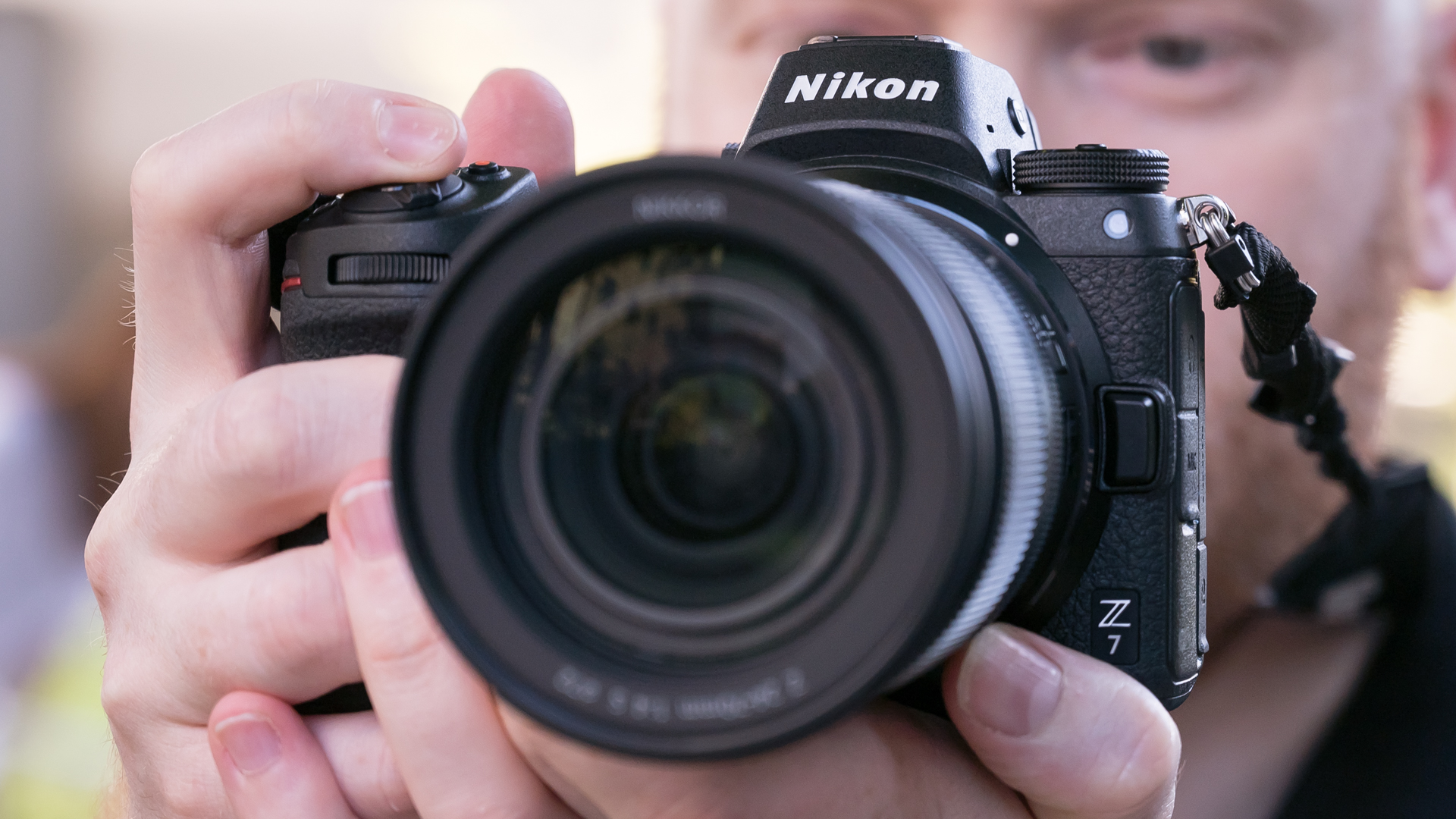
We think we could see at flagship Z9 full-frame mirrorless camera before the year is up
Predicted specs: 61MP sensor | Z mount | 6K video recording | 5.76 million-dot viewfinder | Twin card slots

The Nikon Z7 is one of our favourite cameras right now, for many reasons. Yet, much like Canon's EOS R, it's perhaps not quite the flagship full-frame mirrorless camera many were expecting.
If we look at Sony's A7R IV and A9 models, for example, and Panasonic's video-centric S1H, we can see it's not quite at the top of the tree for pixel count, video specs or burst shooting. And rumors of a more pro-end Z series model, possibly called the Z9 or Z8, have been steadily building as soon as the initial excitement of the Z6 and Z7 had died down a little.
But will it be a sports-focused camera with a more modest sensor resolution or a megapixel beast? Our money is on the latter for two reasons. First, releasing a camera with an autofocus system that's on a par with Sony's Real Time Tracking technology – ie, a camera totally at home shooting action – is going to take some work. Sony is, after all, on its fourth generation of mirrorless camera, while Nikon's Z system has only just celebrated its first birthday.
Some may suspect Nikon will have a suitable sports-focused mirrorless camera in time for the 2020 Olympic Games, but it's unlikely to have a native lens selection to match before then. Particularly because Nikon has confirmed it's working on a DSLR update to the D5.
Second, with the arrival of the A7R IV, we know a modern 61MP full-frame sensor exists. It's quite possible that such a model would use a variation of this sensor, given that we know Sony supplies sensors to countless other manufacturers for their own products.
We reckon a high-resolution Z9 camera would arrive with stronger video specs than the Z6 and Z7, potentially even matching the Panasonic S1H in being capable of shooting 6K footage, although this would also require beefier processing power and better heat dissipation among other things. We'd also love to see the same kind of 5.76 million-dot electronic viewfinder as we have inside the likes of the Panasonic S1 and S1R, as this is a noticeable step up on the (still very good) 3.69 million-dot finders Nikon fitted its Z6 and Z7.

Nikon D760
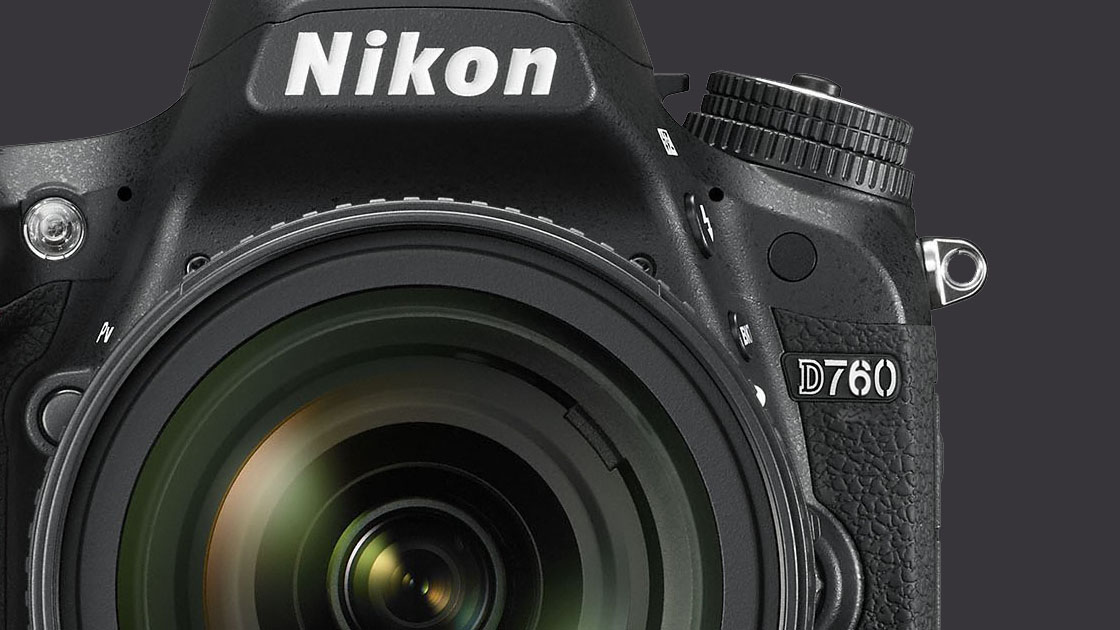
A gentle upgrade over the ageing D750 would strengthen Nikon’s FX offerings
Predicted specs: Full-frame 36.3MP sensor | 4K video recording | Tilting touchscreen

While the Z6 and Z7 have grabbed the headlines over the last year, we don't expect Nikon to forget its DSLR heritage.
Over the last three years or so, the D750 has become a renowned and inexpensive full-frame choice in Nikon’s stable, but it could really use an update to compete with a number of more recent full-frame offerings.
With the arrival of the D850 with an impressive 45.4MP resolution, could we see the D760 make use of the 36.3MP sensor found in the outgoing D810 and replace the current 24MP chip? Or could it get the same 24.5MP sensor as the Z6?
The D750’s maximum 1/4,000sec shutter speed is an understandable compromise to help it to be more reasonably priced, but a compromise regardless. A high shutter speed of 1/8000sec might be on the cards then.
It wouldn’t be likely that such a camera would launch without 4K video recording, especially after the 4K-enabled D500, D850 and D5. It’s also likely that it will have a tilting display like the D750, but Nikon would probably add touchscreen control too. Finally, don't forget Nikon will introduce its SnapBridge connectivity as well.
- Read more: Nikon D760: everything we know so far

Nikon D6
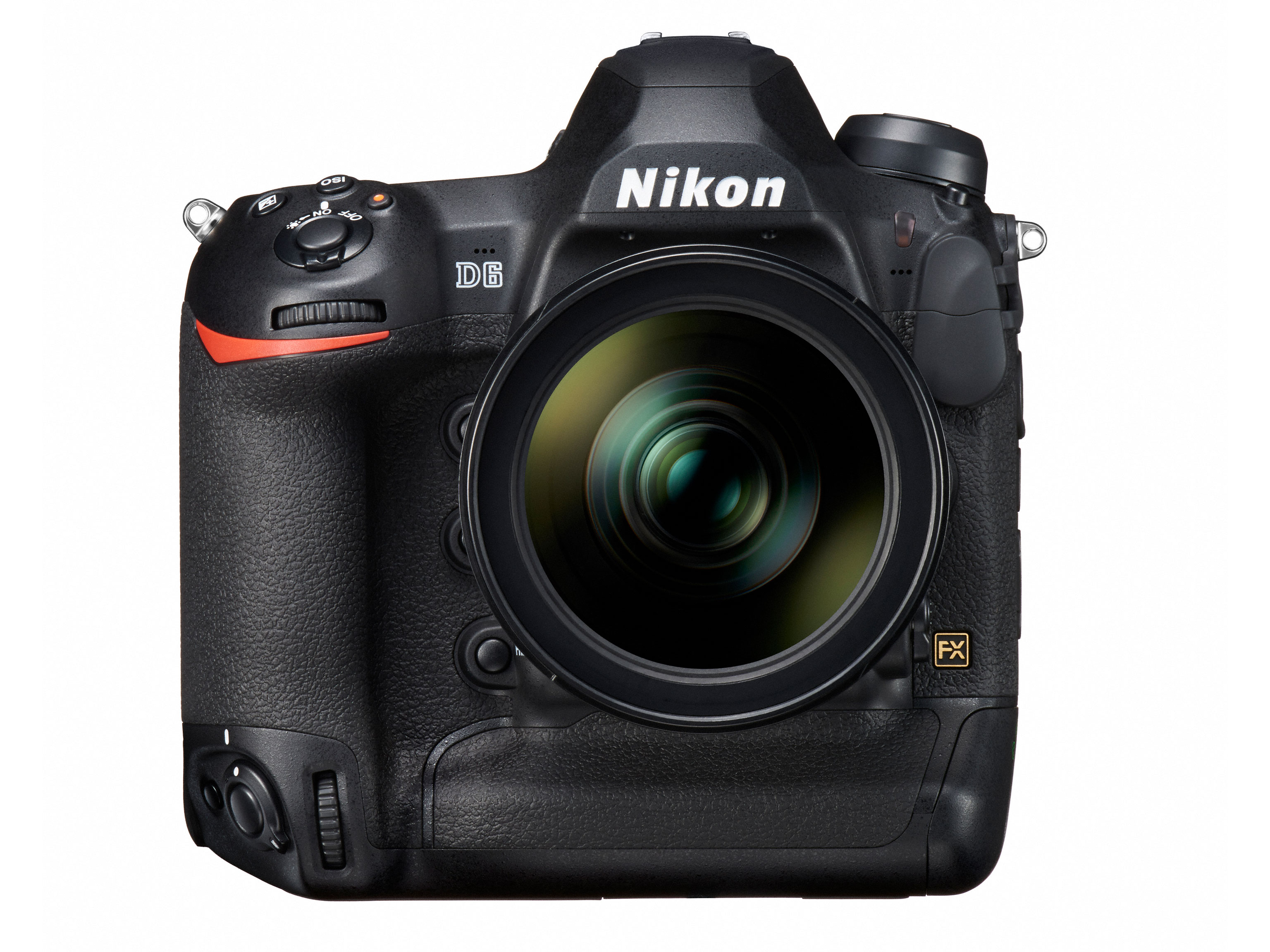
Nikon's new flagship DSLR is coming - but what's with that viewfinder?
Predicted specs: Full-frame 24MP sensor | New EXPEED image processor| Revamped viewfinder

Nikon launched the D5 back at CES in 2016, a camera that's served sports-shooting pros very well – but it recently confirmed rumors that a new D6 model was currently under development.
We think the resolution should remain the same at 20MP, or perhaps increase marginally to 24MP, while a new EXPEED image processor could bring a number of improvements. We can't imagine Nikon would be able to extend the maximum ISO range of ISO3,280,000 found on the D5, but the improved processing power should see improved noise handling.
While the 153-point AF system in the D5 is perhaps the most advanced autofocus systems going, we expect Nikon to improve on this even further. We might also see some very subtle tweaks to the handling as well, but we shouldn't see a huge shift in button placement.
Burst shooting could also be boosted slightly - the D5 can shoot at 12fps with full AF and metering, so we could see a performance bump to 13 or 14fps.
The most interesting thing we noticed from the image released of the camera (above) is the viewfinder chamber, which is noticeable taller than the D5's. The D5 has a pentaprism viewfinder with a 0.72x magnification, one that covers around 100% of the frame, but this new design suggests we'll see something even better here.
It may well be the first time we see an electronic viewfinder incorporated into traditional optical design, as some have speculated. That might sound far fetched, but with DSLRs losing their lustre to mirrorless models, perhaps such a covergence might mean they retain their appeal for longer.
- Read more: Everything we know about the Nikon D6

New Nikon Z-series lenses
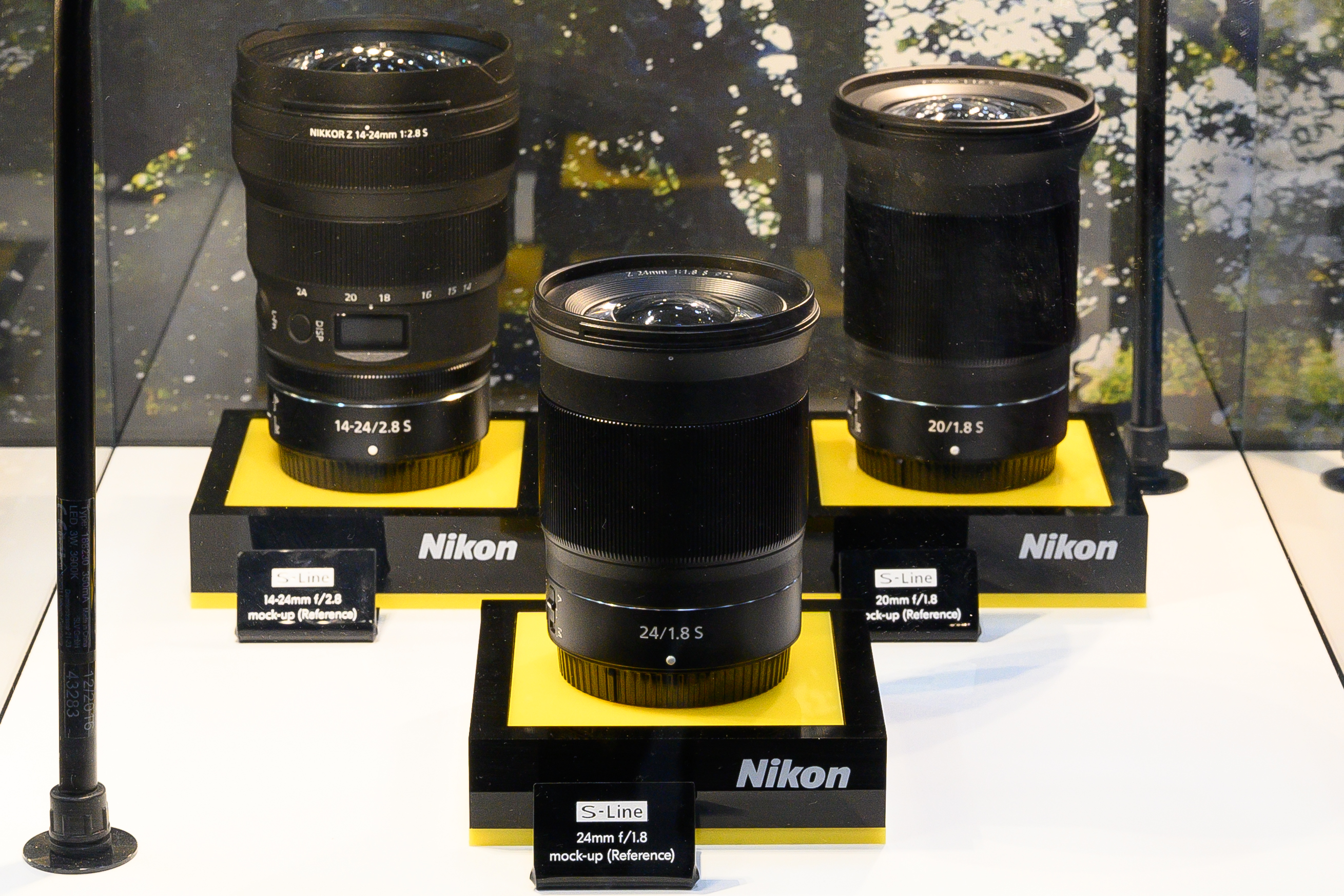
Nikon 14-24mm f/2.8, 24mm f/1.8 and 20mm f/1.8 mock-up lenses.
Lots of new lenses for the Z-series cameras are due this year
What we know: At least four more lenses this year and three in 2020.
As with any manufacturer that has just launched a new camera system, Nikon's main challenge now is to introduce many new compatible lenses – and fast.
The company has already released optics that cover some of the most popular focal length/aperture combinations, such as the Z 24–70mm f/2.8 S, Z 85mm f/1.8 S and Z 50mm F1.8 S, and this year will also welcome a 24mm f/1.8 lens that was initially scheduled for a 2020 release.
We'll also be getting the 70-200mm f/2.8 optic, together with the beefy, manual-focus 58mm f/0.95 Noct that was announced at the very start of the series.
Next year, Nikon plans to release 20mm f/1.8, 50mm f/1.2 and a 14-28mm f/2.8 lenses among others, and has already started showing off mockups at various shows.

- Best camera
- Best DSLR
- Best mirrorless camera
- Best full-frame camera
- Best compact camera
- What camera should I buy?
- Mirrorless vs DSLR: 10 key differences
Sony Alpha A7S III
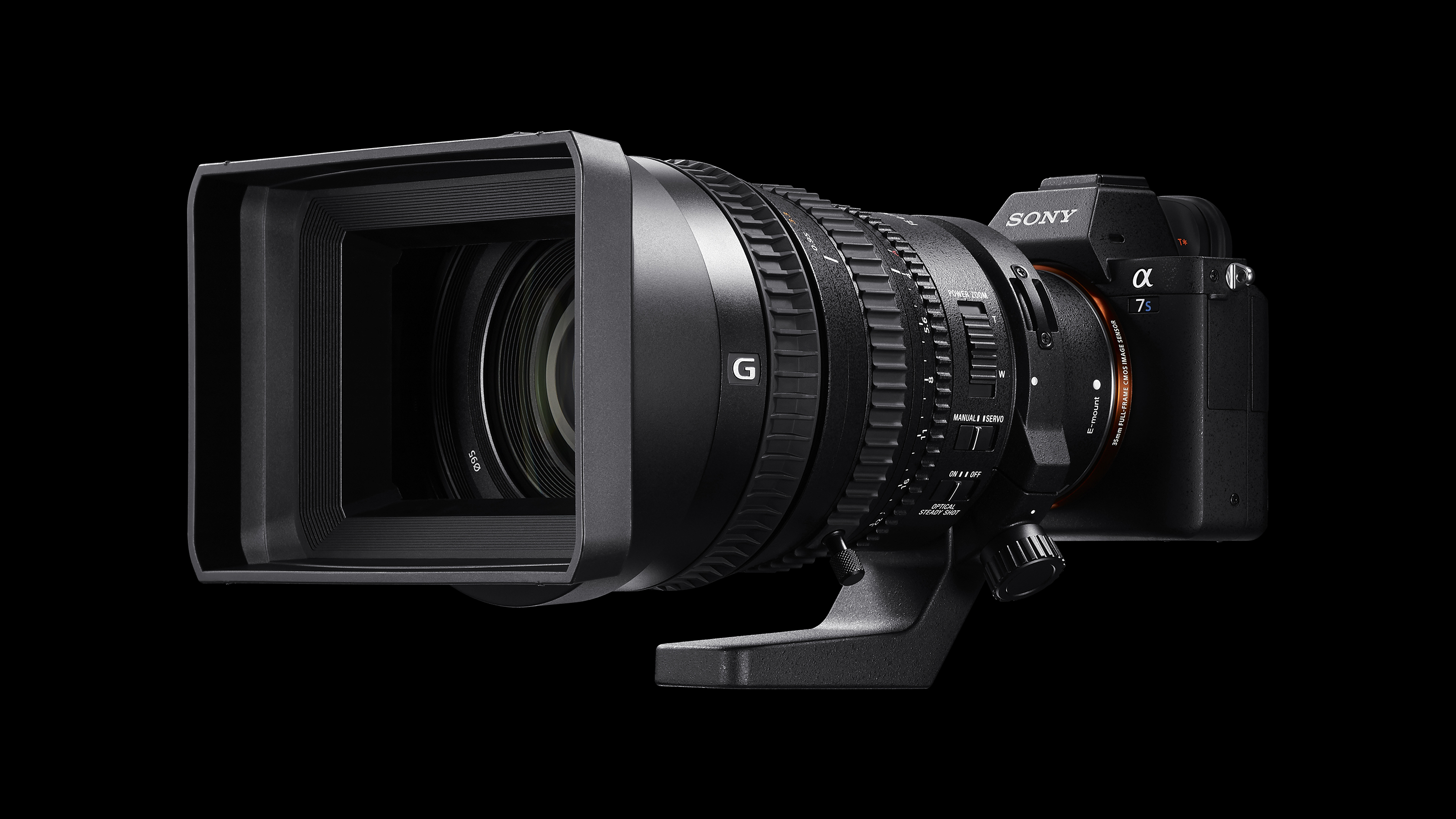
Rumors of an A7S III, and update to Sony's video-focused full-frame mirrorless A7S II camera, continue to grow
Predicted specs: 20MP+ sensor allowing for 6K video | Joystick AF control | Z-series battery

Is there a camera more anticipated than the Sony A7S III? The Alpha A7S II broke new ground at the time of its release, appealing to videographers who required excellent 4K footage and high-level control, together with low-light shooters who appreciated the more modest pixel count, low noise and wide dynamic range not offered by other mirrorless cameras at the time.
Since its release, Sony has given us all manner of other mirrorless Alpha models, from the enthusiast-focused A6400 through to the hugely popular (and rightly so) Alpha A7 III and the most recent 61MP Alpha A7R IV. The latter marks the start of the fourth generation of A7 models – so how come we're still on the Mark II here?
There's clearly massive demand for one, and we can predict many specs and features from those in models released since the A7S II. We don't see any call for a sensor resolution beyond 12MP, although if the camera breaks into 6K video recording – as Panasonic's upcoming S1H will – it will need 20MP at the very least.
Even if the model is capped at 4K video recording, we do expect a new sensor that performs to a higher standard than before, given the company's expertise in sensor design and build.
Handling refinements will no doubt include a dedicated AF joystick, AF-On button and touchscreen interface, all missing from the A7S II but introduced in subsequent models. The model is also highly likely to get a Z-series battery with much higher battery life than the NP-FW50 found inside the A7S II.
The biggest improvements should be seen in video performance. With Panasonic's Lumix GH5S, S1R and S1 models offering a wealth of advanced video features, we'd be disappointed if Sony didn't match or better these. The Alpha A7S II can record 4K 4:2:0 8-bit video, but could we see this increase to 4:2:2 10-bit like the GH5S? Could we see 4K capture at 60/50p possible as well? It would be surprising if not.

Sony Alpha A7000

With the A6600 now with us, what might a more senior A7000 bring to the mirrorless party?
Predicted specs: 24MP APS-C sensor | Improved AF | Design similar to the Alpha A9

The Sony A6000 was a phenomenally successful model for Sony, and the A6000 line has been padded out since then with the more senior A6300, A6400 and A6500 models. More recently, we witnessed the A6100 and A6600 arrive to add lower-tier and upper-tier options to these, but some still suspect a model that sits between the A6600 and full-frame A7 series is being readied.
This could be a 'baby' Alpha A9, borrowing many of the features of the flagship camera that would then be distilled into a camera based around an APS-C sensor. This is something that Nikon has done with its D5 and D500 DSLR models.
Rumors suggest that it matches and in some aspects exceeds the performance of the Fujifilm X-T3, with better AF and in-body image stabilization, while it will match the 20fps burst shooting speed of the Alpha A9.
As for the sensor, Sony's just updated the database of sensors it manufactures, which includes a back-illuminated (BSI) 26MP APS-C sensor, which would be a good fit for the new camera. There's also talk of the Alpha A7000 using a 32MP APS-C sensor as well.
Sony has made great changes to its autofocusing systems in recent generations of camera too, and while the 425-point phase-detect AF system inside the A6500 is still a cracking performer, the eventual update will likely bring speed improvements and additional AF points to form a denser array, with better tracking capabilities.
Design-wise, it's likely the new camera will feature a similar DSLR inspired look to Sony's full-frame cameras, with a raised and centralised electronic viewfinder.
- Read more: Sony Alpha A7000: everything we know so far

- Best camera
- Best DSLR
- Best mirrorless camera
- Best full-frame camera
- Best compact camera
- What camera should I buy?
- Mirrorless vs DSLR: 10 key differences
- Read our in-depth Fujifilm X-Pro2 review
Fujifilm X-H2
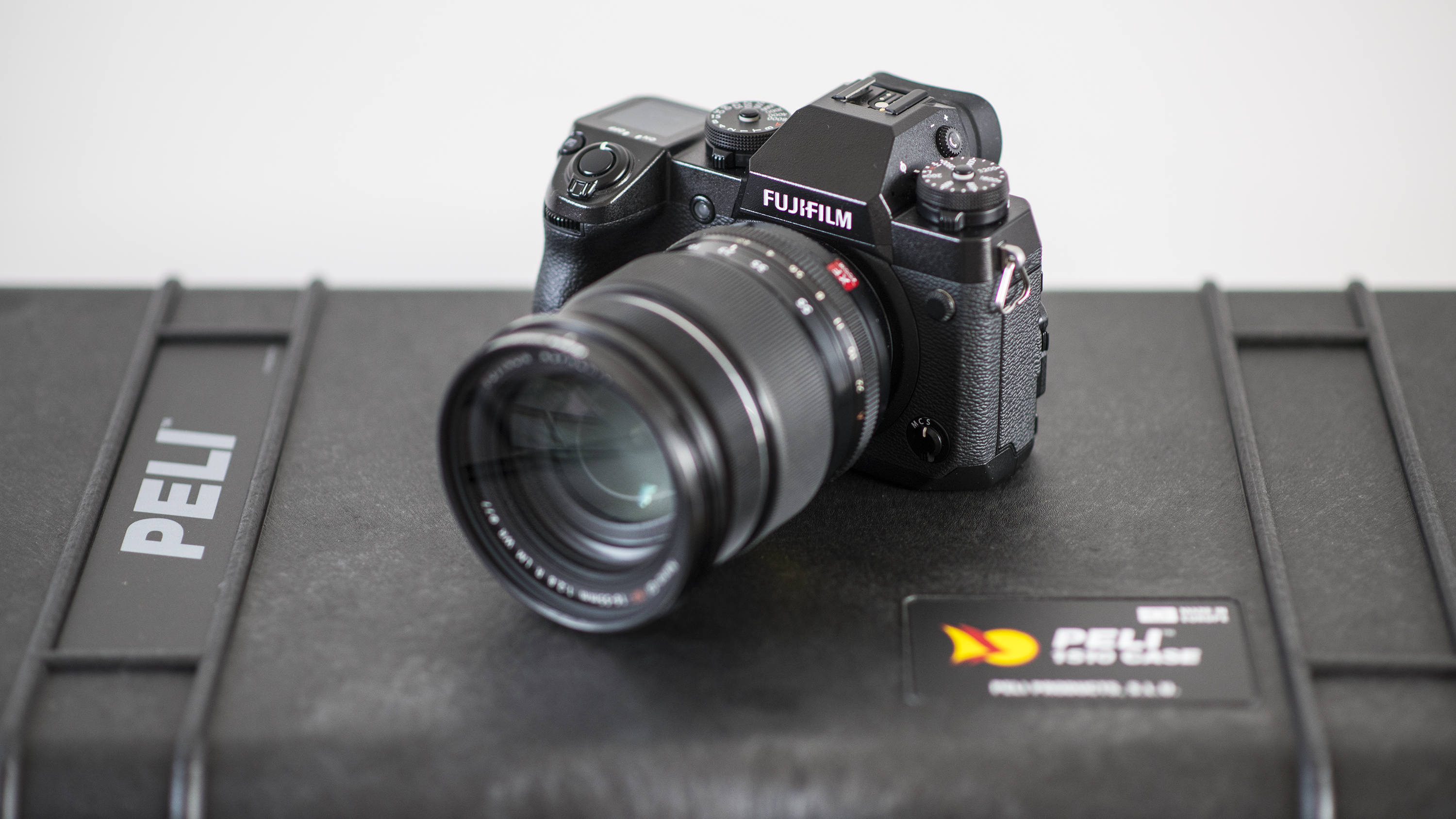
With the arrival of the X-T3 and the medium-format GFX models, the X-H1 is looking a little outdated.
Predicted specs: 26.1MP back-illuminated X-Trans CMOS sensor | X-Processor 4 | Vastly improved AF system with stronger Face and Eye detection

The X-H1 might still hold a handful of charms over its X-series siblings – sensor-based image stabilization, for example, and better support for longer and heavier lenses – but it's really starting to show its age now.
Time for a reboot? We think it's worth Fujifilm giving an X-H2 it a shot, particularly when you consider the wealth of technology that's been gifted to all the Fujifilm cameras that have arrived since the X-H1 was launched.
So, a newer sensor and processing partnership, stronger autofocus with the same improvements to face and eye detection, and maybe even a viewfinder more in line with the 5.76 million-dot beauty we saw inside the GFX 100?
It could be the case that the X-H1 was too niche a camera to attract too much love, and with the X-T line recently updated and the GFX series to populate, there's not enough call for a model between the two. We still think the X-H1 is a great camera – but we'd love to see what Fujifilm could do with a sequel.
- Read our in-depth Fujifilm X-H1 review

- Best camera
- Best DSLR
- Best mirrorless camera
- Best full-frame camera
- Best compact camera
- What camera should I buy?
- Mirrorless vs DSLR: 10 key differences
Olympus PEN-F discontinued
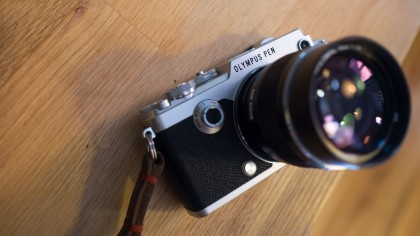
The 20MP camera didn't meet sales expectations and now been discontinued

We've seen updates in the shape of the OM-D E-M1 Mark II and OM-D E-M10 Mark III and the OM-D E-M5 Mark III to get refreshed in the OM-D series, but fans of the Olympus PEN-F will be sorely disappointed to know that the this model has been discontinued.
It came in at a higher price than the mid-range E-M5 Mark II without a full feature set like weather sealing and connectivity. With lower-than-expected sales as a result, the Olympus PEN-F will not be refreshed and has been discontinued.

Olympus M.Zuiko Digital ED 150-400mm f/4.5 TC1.25x IS PRO plus six further lenses
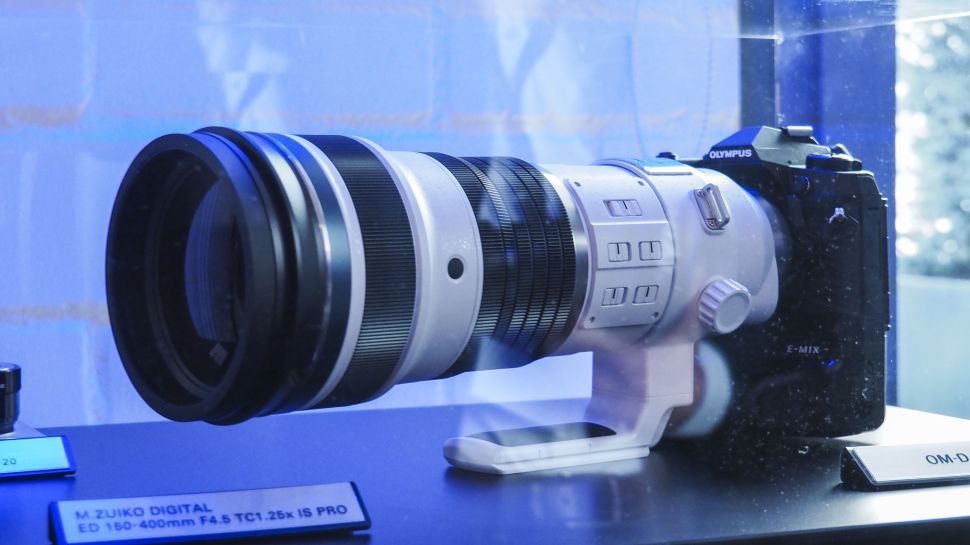
Olympus has already confirmed that it's working on the M.Zuiko Digital ED 150-400mm f/4.5 TC1.25x IS PRO, and this should be with us some time next year.
The lens is set to follow the Canon EF 200-400mm f/4L IS USM Extender 1.4x and Nikon AF-S 200-400mm f/4G ED VR II in having an integrated teleconverter.
The company also updated its roadmap earlier this year to show that it will have seven further lenses on the way. While the focal lengths and specs of these have not been disclosed, the company confirmed that four of these – two telephoto zooms, one wide zoom and one standard zoom – would fall under its high-end 'Pro' label. These are set to be joined by a high-magnification zoom and super-telephoto zoom lenses.

- Best camera
- Best DSLR
- Best mirrorless camera
- Best full-frame camera
- Best compact camera
- What camera should I buy?
- Mirrorless vs DSLR: 10 key differences
Panasonic's new lenses
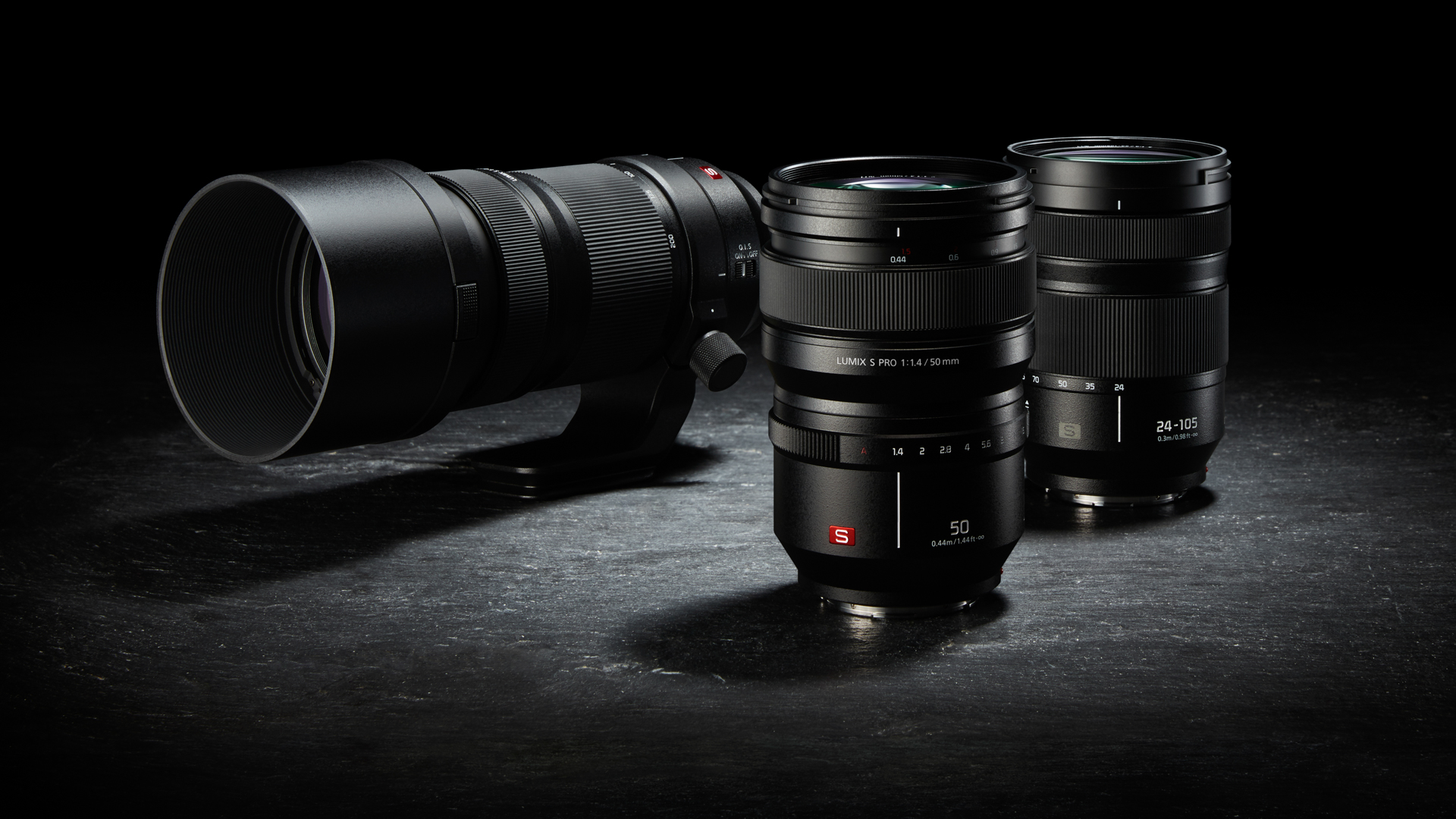
Image credit: Panasonic
A sizeable collection of lenses to support the new S1R and S1 cameras is on its way
Predicted specs: At least ten new lenses released throughout 2020

Having just launched the S1R and S1, two full-frame mirrorless cameras in a brand new S system, and then followed it up by the 6K-capable S1H, Panasonic is entitled to lay low for a while. Yet, the promise of ten new lenses to be released before the year is up shows there's little chance of that happening.
The company has already confirmed the Lumix S 24-105mm f/4 Macro O.I.S, S PRO 50mm f/1.4 and S PRO 70-200mm f/4 O.I.S optics, and also formally announced a 24-70mm f/2.8 option along with the S1H. Now, it's set to focus its attention on 70-200mm f/2.8 and 16-35mm f/4 options. The promise of at least seven further lenses on top of that leaves plenty of space for interesting primes, potentially some with particularly wide apertures.
1.4x and 2x teleconverters are also set to arrive at some point in the year and 2020 should bring two fixed-focal length lenses in addition to a macro and super telephoto optic. This system may just be getting started, but knowing how prolific Panasonic has been with its G series cameras gives us plenty of hope that it will flourish in little time.
- Read more: Panasonic Lumix S1R hands-on review

- Best camera
- Best DSLR
- Best mirrorless camera
- Best full-frame camera
- Best compact camera
- What camera should I buy?
- Mirrorless vs DSLR: 10 key differences
from TechRadar - All the latest technology news https://ift.tt/2IYXRTF